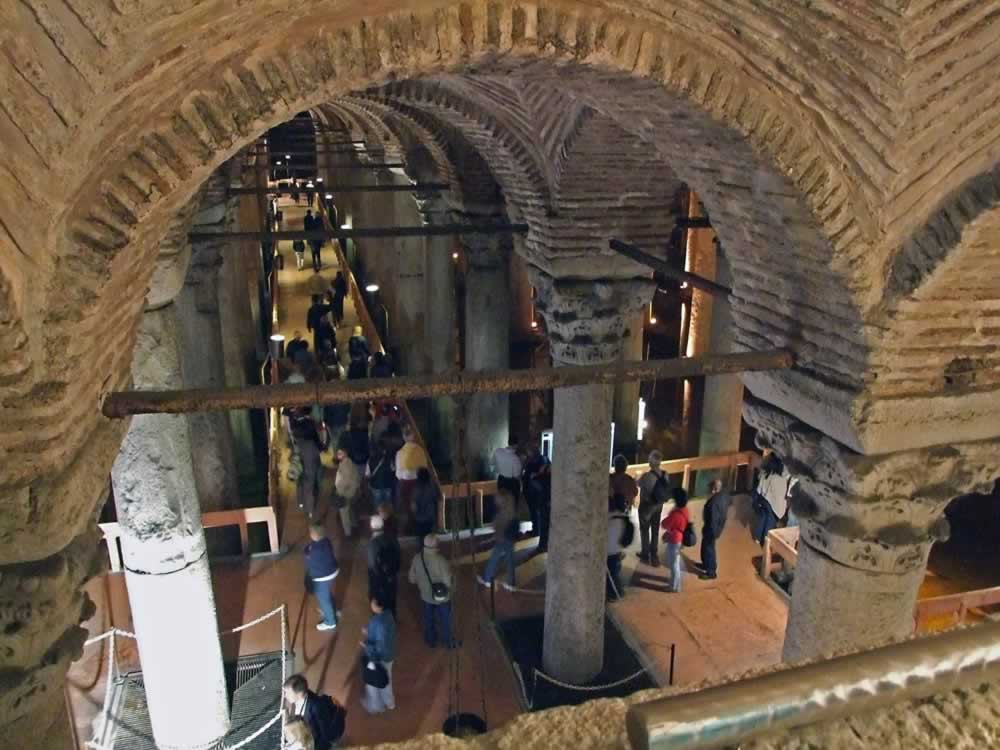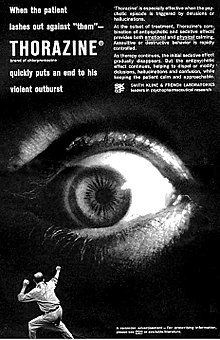Public transportation is considered as one of the most important aspects of transportation in a modern society. It has tremendous benefits for the environment which is a major advantage nowadays due to the critical issue of climate change and global warming. It is also a significant advantage for people unable to afford the purchase and maintenance of regular cars as well as people who are simply unable to manually operate cars due to health issues. Because of this, for my civic issue blogs, I decided to write about the topic of transportation, specifically public transport. Each blog I plan on tackling a different country and for this blog post, I plan on evaluating the public transportation here in the United States of America.

It is a well known fact that the United States of America is an extremely car dependent country. Many of the developments are centered around cars such as suburbs and a large portion of middle and upper class citizens, and even lower class citizens, owns and uses a car. In contrast, public transportation isn’t as popular or developed in the US, especially around less urban areas. This brings the question: why is the United States of America so centered around cars instead of public transportation? To understand this, we must first look at the History of transportation in the US.
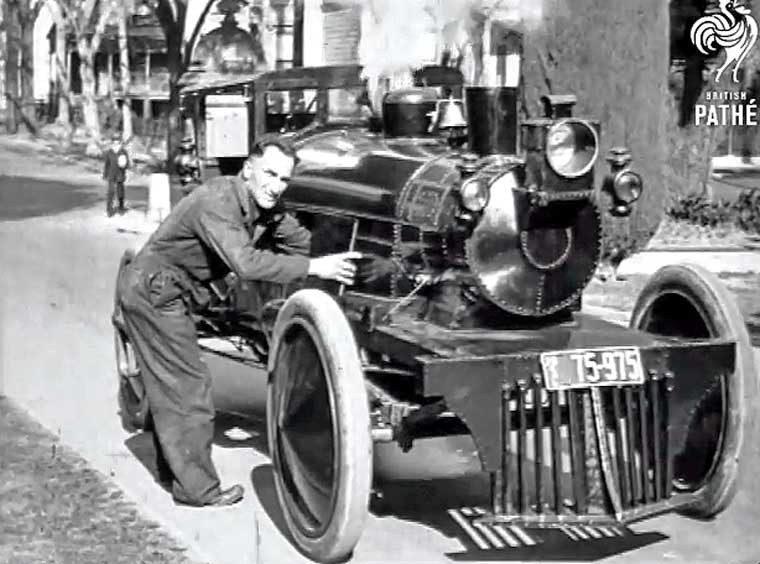
In the early 20th century, the introduction of the first automobile was a transformative moment for transportation as a whole. With Henry Ford’s assembly line, these transformative automobiles (cars) became much more affordable and accessible to the general public. The mass production of these cars continued, making cars even more popular among American citizens.
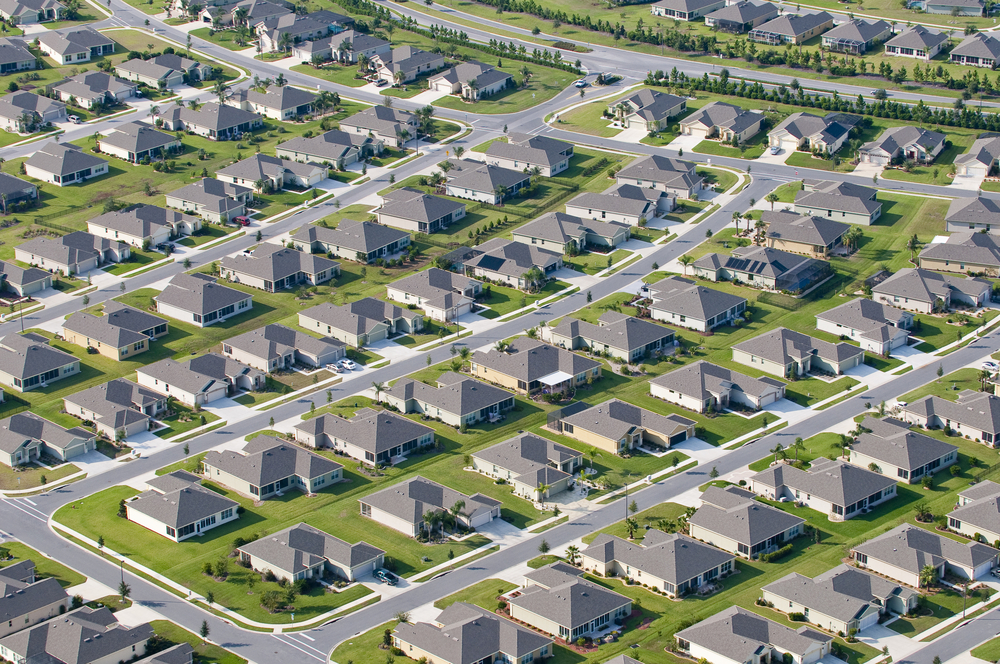
The car dependency of America became even more engrained into the culture post world war 2 with the urban planning becoming more decentralized and thus car centered. A notable emphasis on suburban planning could be seen with a lot of urban citizens moving from urban areas to suburban areas that are more car dependent. It was difficult for public transportation to keep up with this decentralized development and this made owning a car a necessity due to the lack of public transit. Moreover, interstate highways were built that offered fast and convenient travel for cars which made owning and using a car even more of an advantage.

Furthermore, the obsession of Americans with cars is also due to the highly individualistic culture of the US that is obsessed with freedom. It would be an understatement to say that the cultural notions of freedom and mobility have an effect on Americans being less inclined to use public transportation and more likely to prefer personal travel. Unlike public transportation with pre-designated destinations, American car owners are free to travel to anywhere they want with their cars. With personal vehicles, they have full control over their transportation which is a major benefit for Americans who highly value freedom. The freedom to travel whenever they want, without being affected by schedules or routes that public transits have is an attractive feature of cars for them. I haven’t even mentioned the increased sense of comfort and security that comes with personal vehicles.
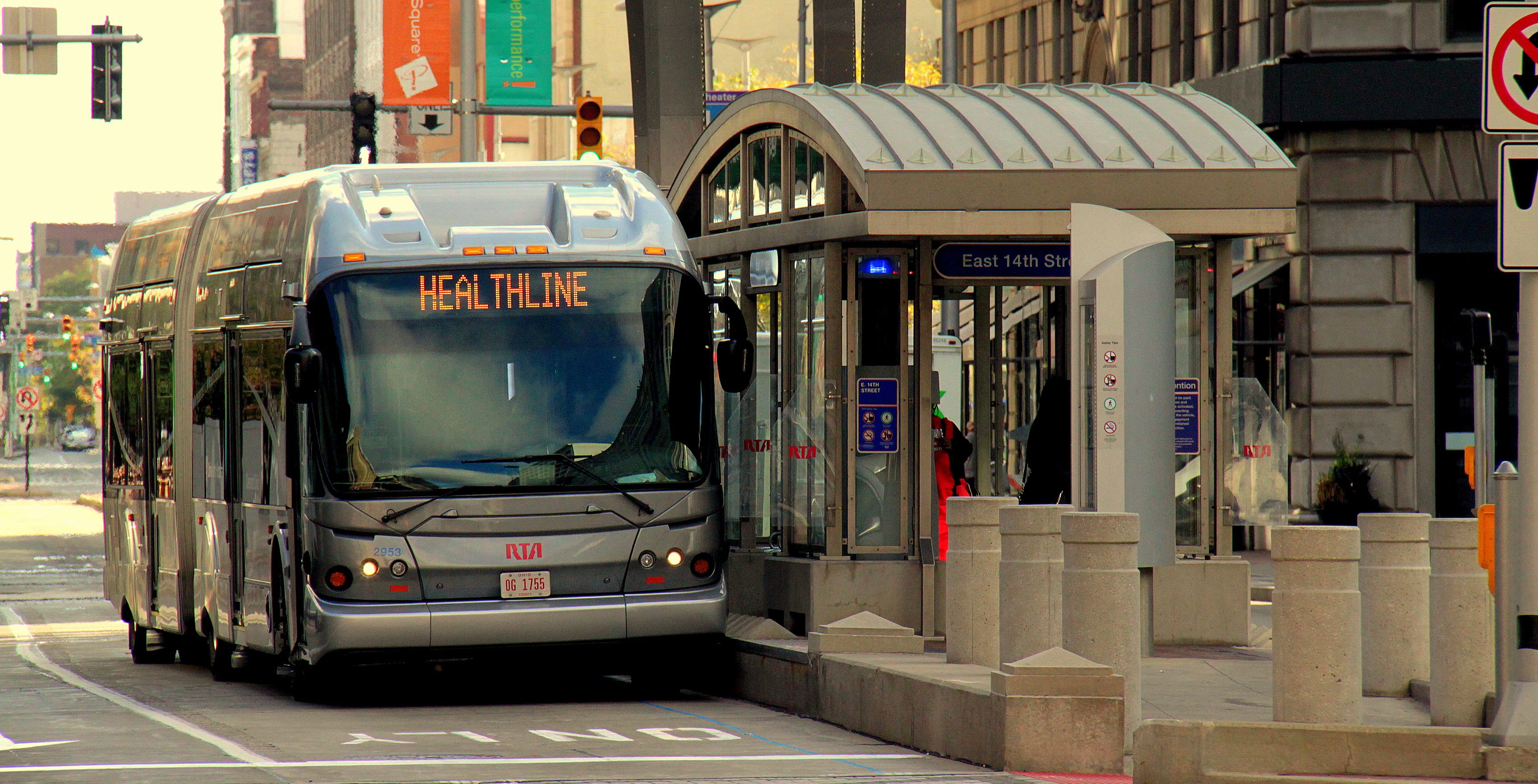
Now that we have determined why public transit is much less developed and popular compared to personal and autonomous travel, lets look at the state of the existing public transportation system in the US. Public transportation in the US consists of Subway, train, buses and many more with the most widespread being the buses. This makes sense, as the buses are also able to utilize the interstate highways and roads built for cars unlike rails and subways that require special infrastructure built for them. However, Subways as a form of public transportation are very popular in highly populated urban areas which may be due to them being cheaper and sometimes even faster (due to traffic) than traditional vehicles.

Still, there is a negative connotation that comes alongside public transportation in urban areas as it can attract dangerous people such as addict, criminals and people with untreated violent mental disorders which can make dangerous at certain hours, especially for women. This may also have an effect on why public transportation even on these urban areas have become less used over the past half century.
:no_upscale()/cdn.vox-cdn.com/uploads/chorus_asset/file/3950506/GettyImages-474098772.0.jpg)
This brings the question: “How do we fix this?”. Public transport has numerous benefits as I mentioned in the beginning which makes it a worthwhile issue to solve. To begin with, I believe that making public transport more secure would be an important step. Installing more cameras in the stations and vehicles could be a method that might make people, especially women and children, more inclined to utilize it during late hours. Moreover, making it cleaner is another crucial step. The subways in New York are notoriously dirty which makes them unpleasant to use, spending more budget to make it cleaner could make it a cleaner and more comfortable experience and attract more people. Also, investing smartly, such as putting high speed trains between popular plane routes could make investing on public transport less risky for companies and politicians.
/cdn.vox-cdn.com/uploads/chorus_image/image/46919940/GettyImages-463859236.0.0.jpg)
In conclusion, public transportation in America is very lackluster due to the highly car dependent nature of the cities as well as people. However, it is still crucial to invest in public transportation as it has numerous benefits including environmental sustainability and accessibility. Despite the government being unwilling to invest much in public transportation, there are still ways to improve public transportation and make it more popular among the general public such as making it more secure and clean which can allow the officials to reconsider investment on public transportation.
Sources:
Public transit in the United States – Statistics & Facts | Statista
Wrong Turn: America’s Car Culture and the Road Not Taken – Yale E360
